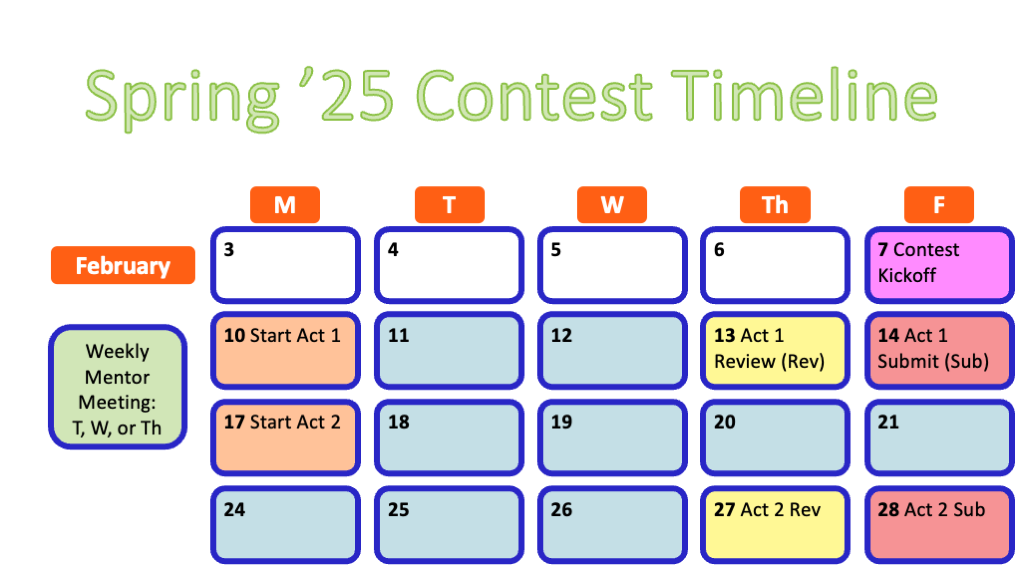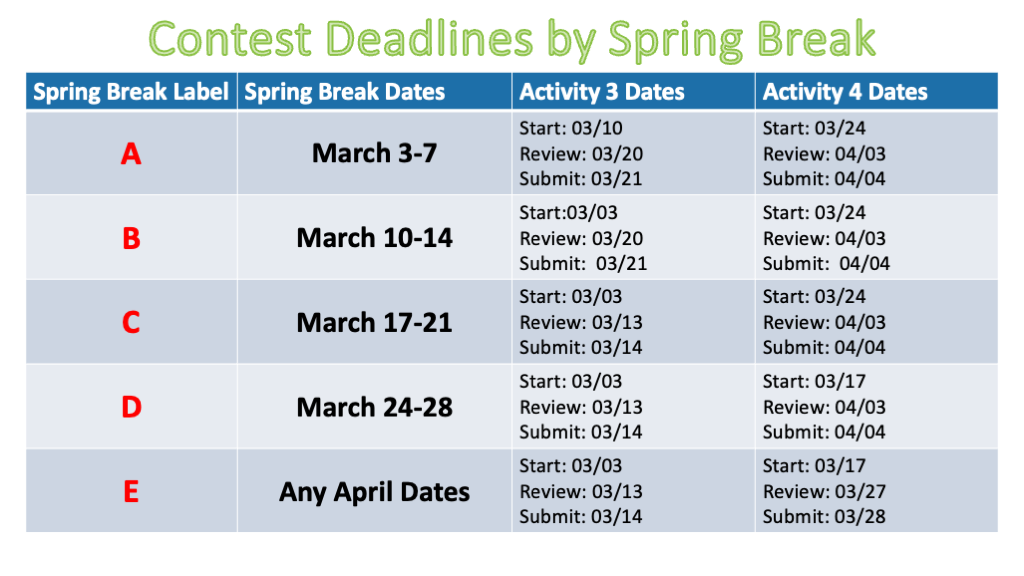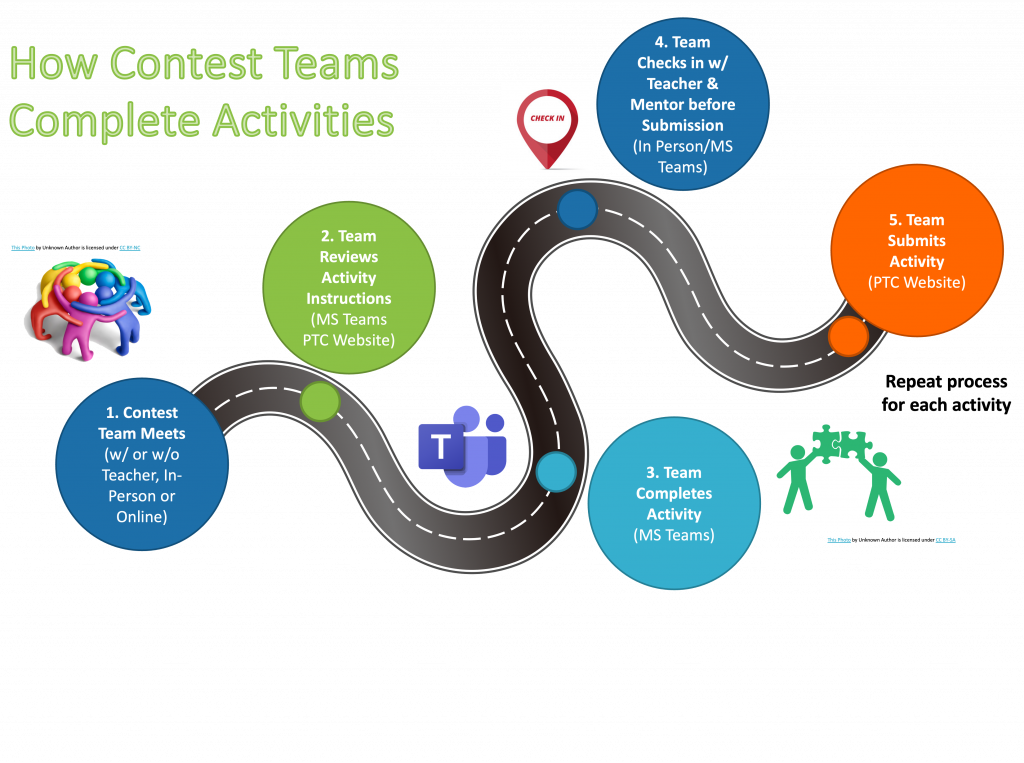ABOUT THE MIDDLE SCHOOL CONTEST
This contest introduces middle school students to design thinking practices that enable them to apply concepts in power, energy management, and artificial intelligence. Sponsored by Duke Energy, the contest focuses on the need to improve energy efficiency and reduce costs in individual homes. Students develop practices to measure, visualize, and compare power usage among different home devices, with the goal of using an AI system to address different home energy scenarios.
Students work in teams to create a smart energy management system that examines the “on”/” off” operating schedule of appliances/devices that represent their theoretical home. This contest encourages students to collaborate in measuring the performance of their home devices to represent operations in a single home, then engages students in critical thinking through graphing and analyzing their data, and finally, has them design a model for their smart energy management system.
Contest Timeline



Introductory Videos About Smart Energy
Contest Overview
The Artificial Intelligence (AI) Design Contest consists of four activities that student design teams each complete. These activities scale with the complexity of the challenge, guiding students through the process of designing an AI smart energy management system using analysis of their own real home data.
Contest Procedures
- Student design teams and their mentor are added via email address to a unique channel (Microsoft Teams) or folder (Google Drive) in the PTC Contest Microsoft Team or Google Drive. Students are encouraged to collaborate on all contest activities by working within their team’s unique, editable Activity documents that are provided over these virtual platforms. If teams are having access issues, the Activity documents can be downloaded from the top of each activity page on this website (MS Contest Activities from the website’s navigation menu).
- Student design teams kick off the contest with Activity 1, in which they complete background reading, choose a team name, assigning each member a team role, and arranging their weekly virtual meeting with their contest mentor via Zoom of Microsoft Teams.
- Over the next 6 weeks, design complete contest activities 2–4, with 2 weeks to complete each activity. For support in completing the activities, design teams can message or arrange meetings with their mentor through their team channel in Microsoft Teams, or using the Mentor Communications Doc in Google Drive. The design teams must check in with their mentors (1) during the weekly scheduled virtual meeting, and (2) for a formal review of their work prior to submitting each activity.
- To submit completed activity documents, the quality engineer of the design team will follow instructions to use the submission link provided (1) at the bottom of each activity document, (2) at the top of each activity page of the website, or (3) in the navigation menu of the website (“Activity Submissions”). Submissions are collected through a Qualtrics survey that prompts submission of all necessary activity components. The quality engineer will receive a confirmation email that their activity has been submitted.

